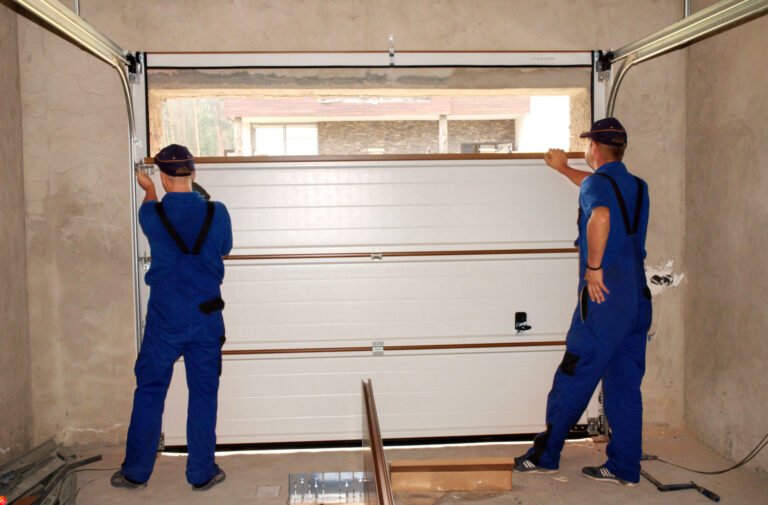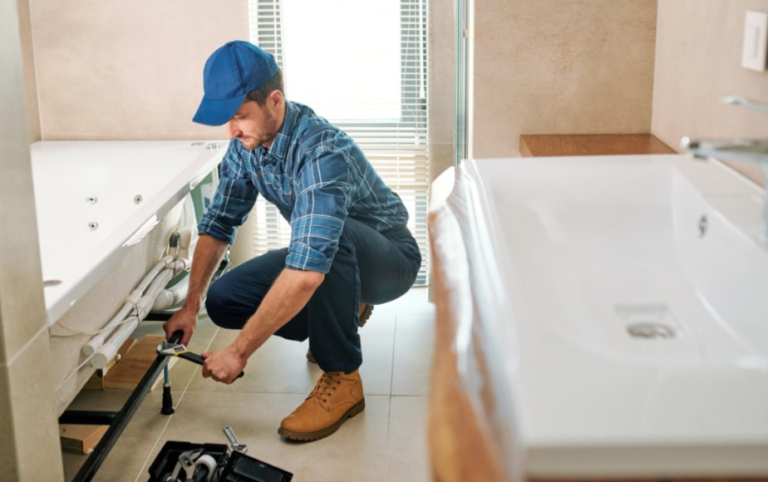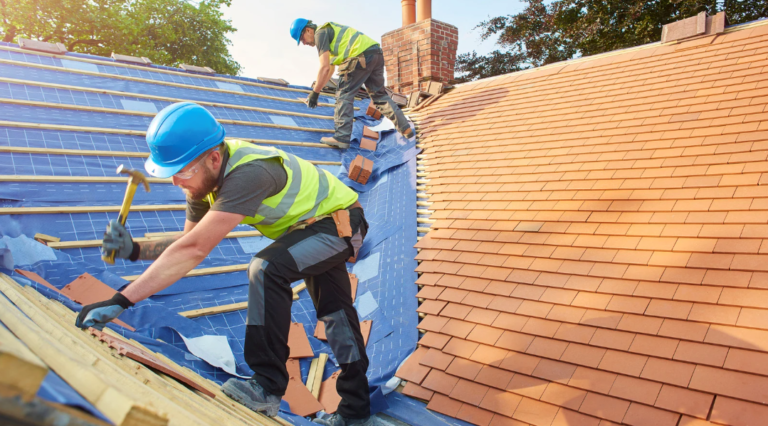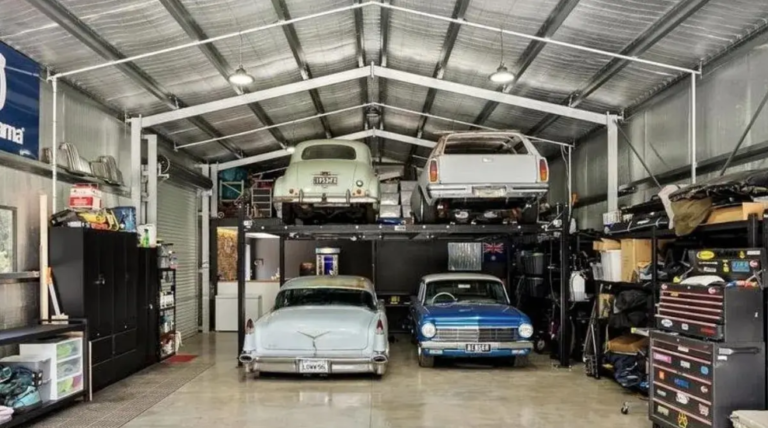Granite Countertop Maintenance Tips for Long-Lasting Durability
Granite countertop is popular choice for kitchens and bathrooms due to their durability, natural beauty, and resistance to heat and scratches. They come in a variety of colors and patterns, making it easy to find one that fits different design styles and preferences.
Choosing granite means investing in a surface that combines strength with aesthetic appeal, suitable for daily use in any home. Understanding the types of granite available and how to care for them can help homeowners make the best decision for their space.
With so many options on the market, exploring granite slabs in person and learning about their unique features can guide readers toward a countertop that enhances both function and style.
Granite Countertop Essentials
Granite countertops are crafted from natural stone that offers durability and a wide range of design possibilities. They combine functionality with aesthetic appeal, providing users with a versatile material suited for kitchens and bathrooms.
Material Composition and Types
Granite is an igneous rock formed from cooled magma, composed mainly of quartz, feldspar, and mica. This combination creates a dense and durable surface resistant to heat and scratches.
There are several types of granite based on mineral content and location. Common variants include Biotite and Orthoclase, each with distinct patterns and hardness levels. Choosing the right type depends on desired durability, appearance, and budget.
Granite slabs are often quarried in large pieces, then cut and polished for countertop use. This natural formation process gives each slab unique veining and speckling patterns, so no two countertops are exactly alike.
Benefits of Granite Countertops
Granite is highly durable, resisting heat, scratches, and general wear. Its heat resistance means hot pans won’t damage the surface, making it practical for everyday kitchen use.
Sealing granite is vital to prevent stains and moisture penetration. With proper sealing and maintenance, granite countertops can last decades without significant damage.
This material adds tangible value to homes, often increasing resale appeal due to its long-lasting and high-end nature. Its natural stone composition also makes it resistant to bacteria when sealed correctly.
See also: DIY Home Improvement: Essential Tools Every Homeowner Should Have
Design Options and Colors
Granite offers a broad spectrum of colors—ranging from light whites and creams to deep blacks and reds. Variations depend on mineral content and quarry location.
Finish options include polished (shiny and reflective), honed (matte and smooth), and flamed (textured for slip resistance). These finishes affect both look and feel.
Edge profiles vary from simple straight edges to intricate bullnose or ogee designs, allowing customization to match kitchen style. Because of its variety, granite suits traditional and modern designs alike.
Granite Countertop Installation and Care
Granite countertops require careful installation and ongoing maintenance to ensure durability and appearance. Proper techniques during installation and consistent sealing and cleaning are essential. Budgeting should account for both material and service costs, considering the slab quality and complexity of the project.
Installation Process Overview
Granite installation starts with precise measurement to create templates matching the kitchen layout. The granite slabs are then cut to size, including sink cutouts and edges shaped as specified.
Professionals use adhesives and fasteners to secure the slabs onto cabinets or a substructure. Seams are carefully joined and polished to appear nearly invisible.
Leveling is crucial throughout to avoid cracks and ensure longevity. Final steps include sealing the surface to protect against stains and moisture.
Maintenance and Cleaning Tips
Proper daily care involves wiping granite with a soft cloth and mild soap or a cleaner formulated for natural stone. Avoid acidic or abrasive cleaners that can damage the sealant.
Sealing should be done every 1 to 3 years to maintain resistance to stains and liquids. Some granite may need more frequent sealing depending on porosity.
For spills, prompt cleanup reduces the chance of permanent stains. Use coasters and cutting boards to prevent scratches and etching.
Polishing can restore shine but should be done sparingly and with appropriate products to avoid buildup.
Cost Factors and Budget Considerations
The price of granite depends on slab quality, thickness, and rarity. Imported or exotic granite commands higher rates.
Installation complexity affects labor costs. Intricate edge profiles, large cutouts, or uneven cabinetry surfaces may require additional work.
Sealing and finishing services add to upfront expenses but reduce long-term repair needs.
On average, granite countertops range from $40 to $100 per square foot installed, with premium materials exceeding this.
Including maintenance supplies and potential resealing should be part of the homeowner’s budget planning.






